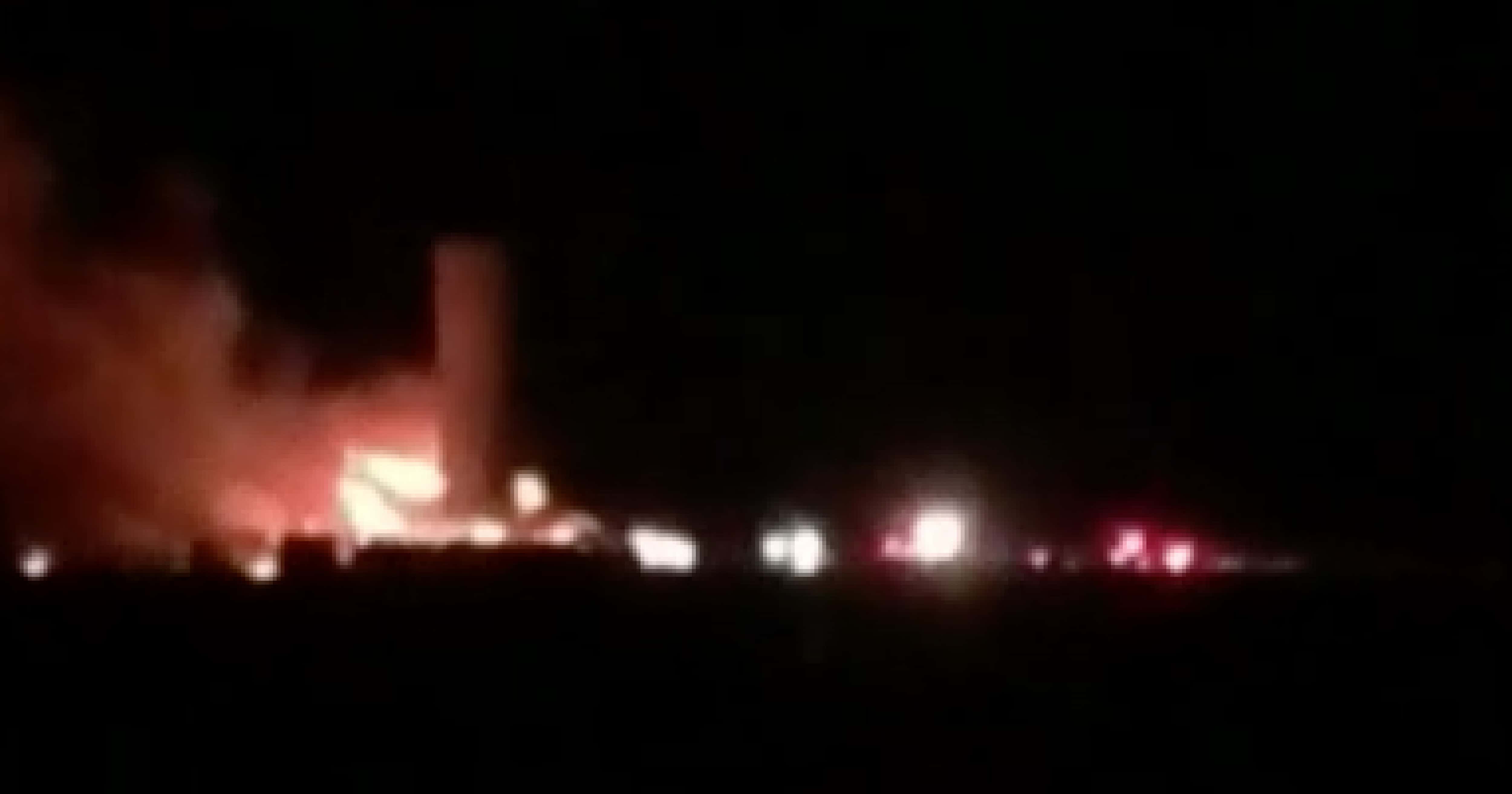Van Boekel Farms has a habit of getting itself in the news.
In 1994, the family pig farming business and its owner—Eric Van Boekel—were convicted for spilling manure into waterways, damaging the water and surrounding environment. Then, in 2011, they were convicted again, for seven offences under the Ontario Water Resources Act, Environmental Protection Act and Nutrient Management Act. Eric Van Boekel was sentenced to 30 days in jail, ordered to pay $345,000 in fines plus a 25% victim surcharge, and put on probation for two years. On appeal, the sentence was reduced.
Then, in 2015, Van Boekel famously reported Save Movement activist Anita Krajnc to police for giving water to panting, heat-stressed pigs aboard his transport truck on a hot summer’s day. Krajnc was charged with mischief and later acquitted, but not before the case put the entire pig industry on trial. Among other revelations, the cross examination of Van Boekel’s driver revealed that pigs go into distress during transport, that technology is available to cool them but it isn’t being used, and that he was unaware of animal welfare laws with which he was supposed to be compliant.
Now, Van Boekel’s Oxford County barn has burned down with 3000 sows and an “undetermined number of other pigs” trapped inside. Although the OPP say the fire is not suspicious, the Ontario Fire Marshal has been called in to investigate.
Most buildings in Canada must follow strict fire safety rules, but farm buildings with “low human occupancy” don’t. Modern farms can contain tens of thousands of animals whose ability to experience physical pain and emotional suffering is no different than our own, but because human occupancy is the standard, very few fire safety requirements exist to protect them.
Tragically for animals, farm buildings are dangerous, and fire hazards and disaster is inevitable. Animals are trapped inside, with no escape route. There are no fire detection or extinguishing systems in place, like sprinklers. Farm buildings are usually in rural areas, far from fire hydrants, fire stations, and have volunteer firefighters who respond from home. Wiring and electrical equipment is easily damaged by rodents and rampant indoor air pollution. Barns are often filled with flammable straw and wood, flammable gases from animal waste, and dangerous equipment like heat lamps. Despite the extreme risk to animals, fire safety inspections, and prevention plans still aren’t mandatory.
So it’s not really a surprise that between January 2015 and November 2017, more than 470,000 farmed animals burned alive on Canadian farms. It’s clear that the farming industry is unwilling or incapable of taking action to curb the epidemic of animals burning alive in barn fires. That’s why we need the National Farm Building Code to factor in animal protection, to force fire standards into place for farmed animals.
Please take action by contacting your local MP and asking them to protect animals from dying in horrific barn fires!
Join the Animal Justice mailing list





